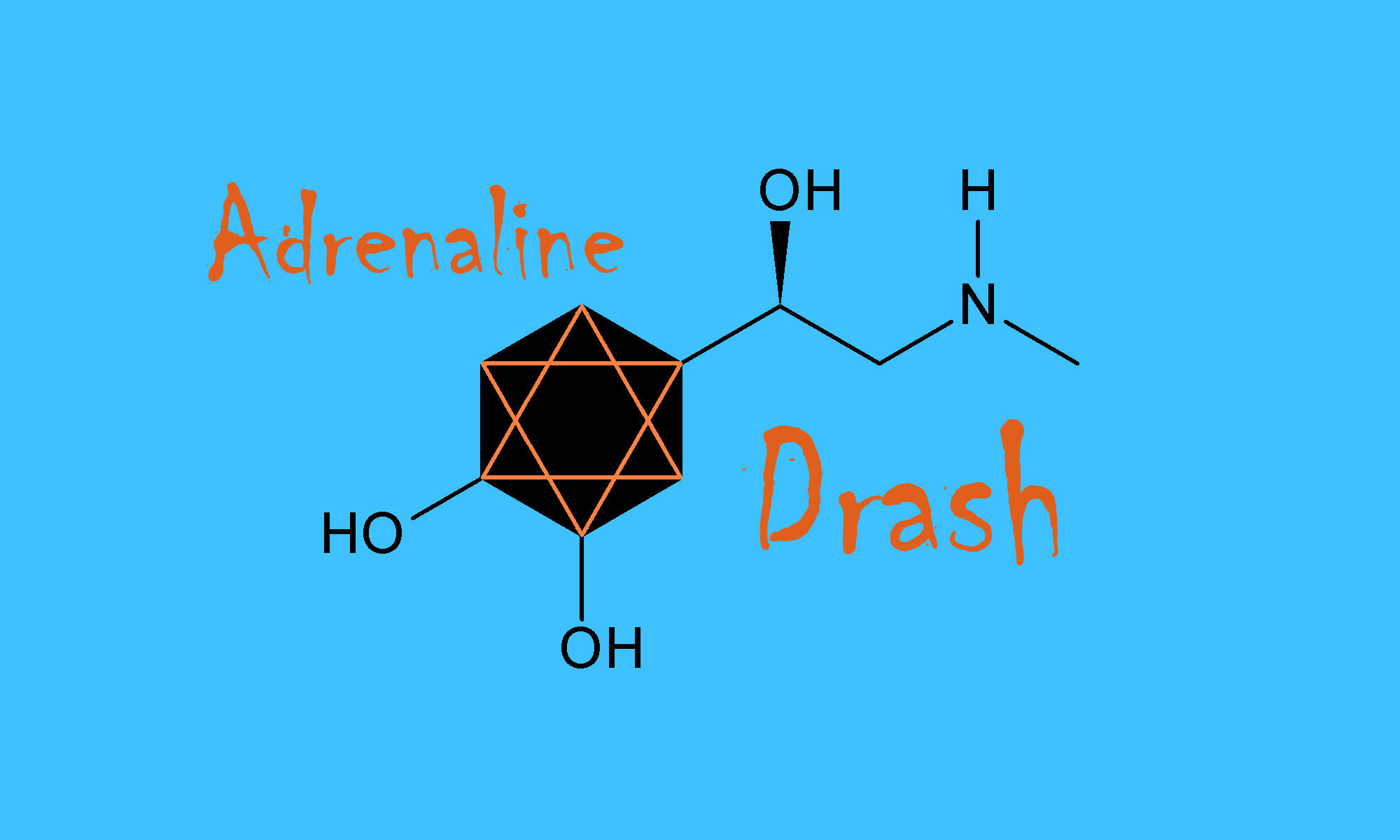Should I walk into a venue which features handmade work, I will never again question the price of item before me. Instead, I will, from now and forever onward, assume my own ignorance of the process it took to get said item into the shop in the first place.
What is the reason for my vow?
Recently, a potential client messaged me at my Etsy shop, Not My Brother’s Kippah. She wanted to know the price for a particular kippah.
A red flag should have gone up. After all, the prices are listed for every single item in the shop.
But it’s good to be polite. I wrote back and gave her the price for the kippah.
She wrote back and asked if the price I had sent her was for a single kippah.
A second red flag could have gone up. The site makes clear that each price is for a single item.
But it’s good to be polite. So, I wrote back and indicated that, yes, this was the price for a single kippah of this style.
I received a third email asking if she had really understood me correctly.
For a brief moment, I seriously considered detailing every step I go through to make kippot. But there are many steps involved. Explaining is complicated.
How would I explain the time it takes to change thread colors or the constant monitoring of the embroidery machine with particularly difficult designs? Would it be necessary to elucidate the frequency with which unpredictable problems forced me to start the project a second or even the third time because the needle broke and tore the fabric or the bobbin thread jammed and pulled the fabric out of the hoop…. or…?
Should I explain that the backing for every embroidery must be carefully picked out of the design with a tweezers so that it will be possible for me to put a flat piece of fabric on a curved object?

Might I admit that occasionally an embroidered piece of fabric will slip during application to the kippah base? The result is a design notably off kilter. This necessarily entails ripping out the stitches, repositioning, and re-stitching.
Would this potential client appreciate an Excel file of all the costs involved in the materials required?
I cast these small thoughts aside. I affirmed (politely) that my statements had been the truth, the whole truth, and nothing but the truth. The price I gave was accurate. It was for a single kippah. She had understood correctly.
Jews disappointed by Judaism are everywhere. I want my shop and the items in it to offer a Judaism that is vibrant, richly colored, and freely imagined. That’s how I imagine the Tabernacle was meant to feel by all those artists who helped create it.
In a month, it will be Hanukkah, festival of lights.
If you purchased something handmade to give as a gift, I hope you did not ask about the price.







